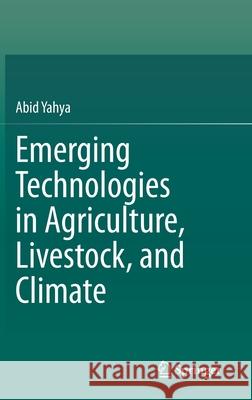Emerging Technologies in Agriculture, Livestock, and Climate » książka
topmenu
Emerging Technologies in Agriculture, Livestock, and Climate
ISBN-13: 9783030334864 / Angielski / Twarda / 2019 / 100 str.
Emerging Technologies in Agriculture, Livestock, and Climate
ISBN-13: 9783030334864 / Angielski / Twarda / 2019 / 100 str.
cena 402,53
(netto: 383,36 VAT: 5%)
Najniższa cena z 30 dni: 385,52
(netto: 383,36 VAT: 5%)
Najniższa cena z 30 dni: 385,52
Termin realizacji zamówienia:
ok. 22 dni roboczych.
ok. 22 dni roboczych.
Darmowa dostawa!
Kategorie:
Kategorie BISAC:
Wydawca:
Springer
Język:
Angielski
ISBN-13:
9783030334864
Rok wydania:
2019
Wydanie:
2020
Ilość stron:
100
Waga:
0.36 kg
Wymiary:
23.39 x 15.6 x 0.97
Oprawa:
Twarda
Wolumenów:
01
Dodatkowe informacje:
Wydanie ilustrowane











